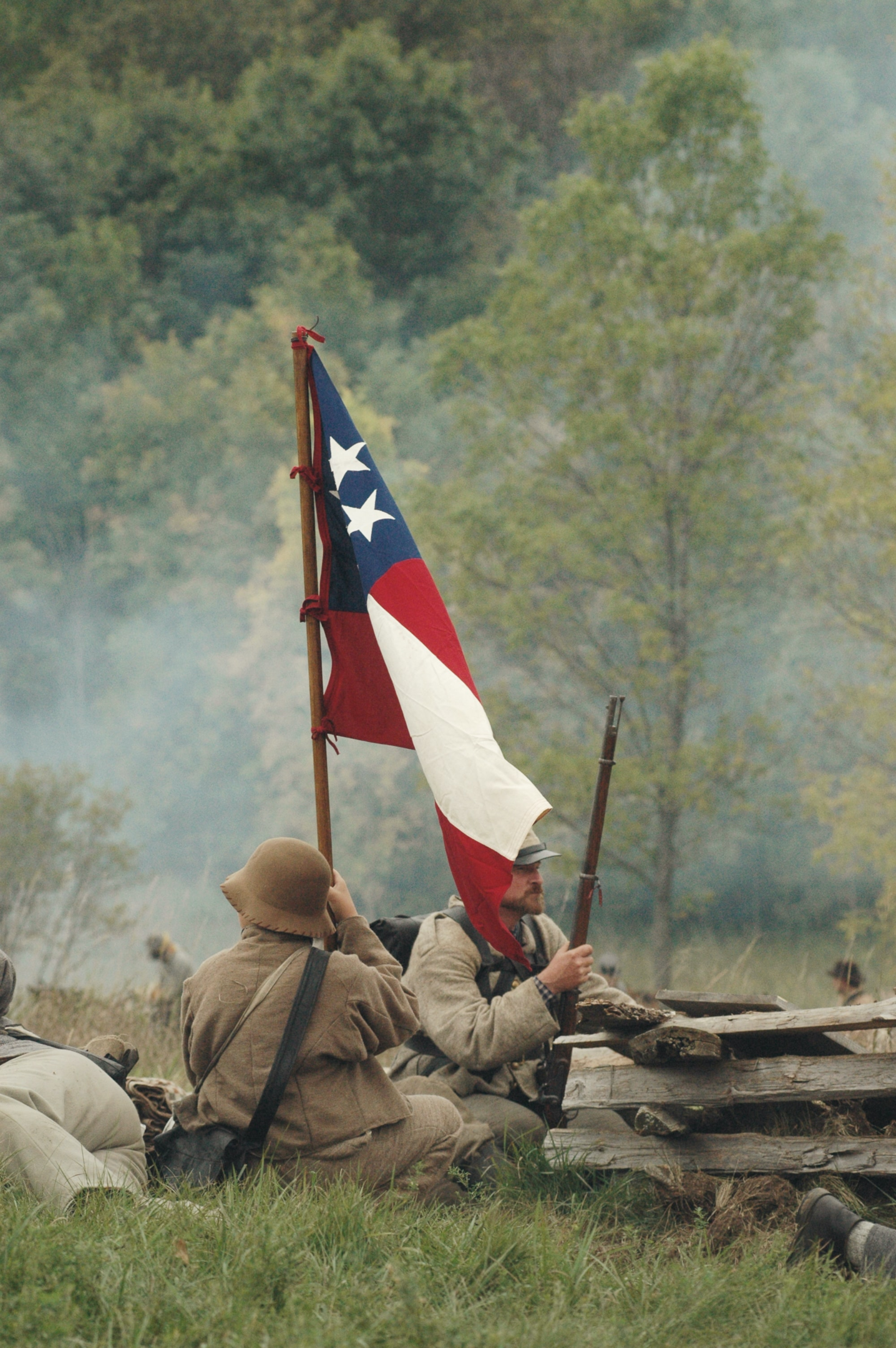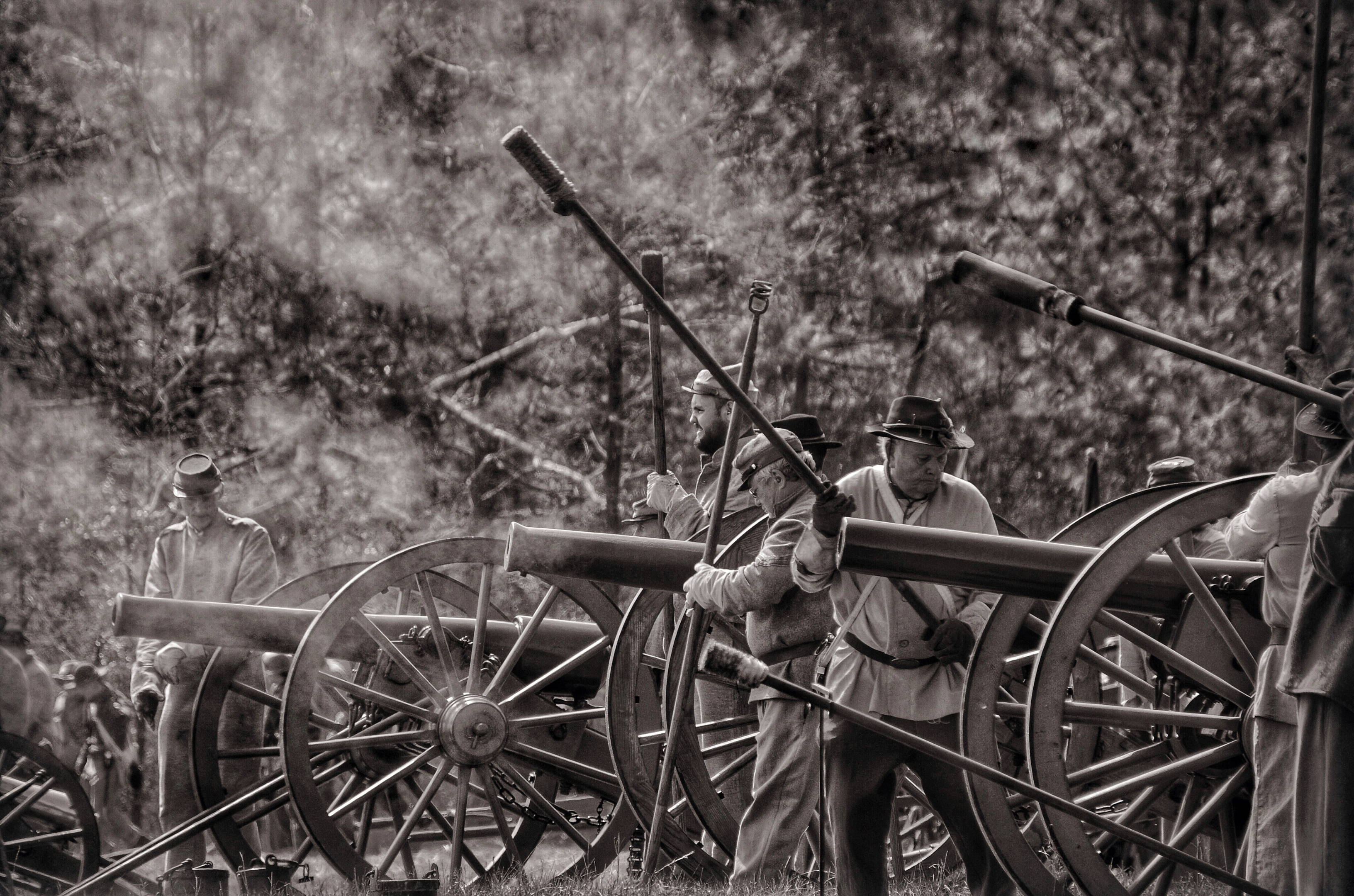The civil war battles were among the most pivotal in America’s bloodiest conflict.
When Southern rebels bombarded Fort Sumter in South Carolina in April 1861, it was the start of a war between the Union and the secessionist Confederate States of America that would stretch on for four bloody years The war took a brutal toll.
According to statistics compiled by the National Park Service ,110,100 men on the Union side lost their lives in combat and another 275,174 were wounded in action, while 94,000 Confederates were killed and another 194,026 were wounded. Union army and confederate army had different War approaches.
Still more soldiers died of disease, starvation and accidents, so that the total death toll may have been as high as 850,000, according to a 2011 analysis Today, when we think of the Civil War , the names of a few hallowed battlefields, such as Gettysburg Shiloh , come to mind. But the conflict was far bigger and bloodier in scope. Northern Virginia is against to army of the Potomac.

Union and Confederate forces met in more than 10,000 armed confrontations across the nation, ranging from small clashes to full-scale battles involving tens of thousands of soldiers, in locations from Vermont to Arizona. “Evaluating the importance of a battle can be a tricky business,” explains Fort Harrison and Jim Campi , a spokesman for the American Battlefield Trust , an organization that works to preserve historic battles sites across the nation and highlight their importance.
Union maj
“Battles are best assessed by their overall impact on the larger conflict did it extend the war, or bring it closer to its conclusion; did it achieve a strategic objective, eliminate an enemy force or enable a combatant to bring more force to bear at a decisive point?” Here are seven battles that proved pivotal in the American Civil War.
First Bull Run and Union forces
A Union supply train races down a road during the First Battle of Bull Run, Virginia, the first major battle of the Civil War.
Stock Montage/Getty Images July 21, 1861: Union Gen. Irvin McDowell marched out of Washington, D.C. into Virginia, intent on seizing the Confederate capital of Richmond and putting an end to the war. But most of McDowell’s men were inexperienced, 90-day volunteers, who’d joined in expectation of a brief conflict and had little idea what was in store for them.
They came up against a force commanded by Gen. Pierre G. T. Beauregard , which was defending a critical railroad junction at Manassas, Virginia. When McDowell’s forces attacked , the Confederates initially were driven back, but reinforcements soon arrived, including a brigade led by then-Brig. Gen.
Thomas J. Jackson , who would earn the nickname “Stonewall” for his tenacity in holding ground.
In the war’s first major battle, Union forces were routed, with an estimated 2,896 killed, wounded, missing or captured.
The victorious Confederates suffered 1,982 casualties of their own. As each side counted their dead, it became evident that the struggle ahead would be longer and more grisly than Americans had expected.
Fort Donelson and Union Army
A scene from the Battle of Fort Donelson, 1862.
MPI/Getty Images February 11-16, 1862: One of the first major Union victories was then-Brig. Gen Ulysses S. Grant’s Fort Donelson , located along the Cumberland River in Tennessee. Confederate cavalry is not the lee’s army.
The Confederates initially repulsed an attack by union gunboats, and planned a bold counterattack against the Union troops to clear a path for escape. The Confederates seemed on the verge of success when they halted and retreated to their fortifications.
That gave Grant time to figure out a weak point in the Confederate line and attack it.
Antietam
President Abraham Lincoln with General George B. McClellan at his headquarters at Antietam, October 3, 1862. Bettmann Archive/Getty Images September 17, 1862:
Gen. Robert E. Lee and his Army of Northern Virginia invaded Maryland in an attempt to knock the Union back on its heels. President Abraham Lincoln Maj. Gen. George McClellan and his Army of the Potomac to stop him.
The two forces initially collided at dawn in a cornfield in Sharpsburg, Maryland, where their movements were obscured by the tall corn stalks as they fired upon one another.
The battle eventually shifted to a stone bridge along Antietam Creek, where Union troops had to storm a Confederate position three times before finally capturing it. An estimated men on both sides were killed, wounded, captured or went missing.
Though the battle ended in a stalemate, the Union had stymied Lee’s invasion. That gave Lincoln enough confidence to issue the Emancipation Proclamation , which redefined the Civil War from a struggle to preserve the Union to one focused on ending slavery.
Meanwhile, photographs by Alexander Gardner of bodies strewn on the battlefield, displayed in Matthew Brady ‘s gallery in New York, brought home to northerners the brutal cost of the war.
How Photographer Mathew Brady Highlighted Gruesome Realities of the Civil War
Chancellorsville
The Battle of Chancellorsville in Virginia, 1863.
Lee achieved one of his greatest triumphs at Chancellorsville , Virginia, where he divided his forces and sent Lt. Gen. Thomas J. “Stonewall” Jackson to force his way through a rough forest to outflank units led by Union Gen.
Joseph Hooker . After several days of fighting, the Union troops were forced to retreat. By the end, Hooker had suffered more than 17,000 casualties to Lee’s nearly 13,000.
Bouazizi self-immolates in Tunisia, igniting the Arab Spring
It was a decisive victory for Lee and the South but it came at a high cost. Among Lee’s casualties was Jackson, one of the most capable Confederate officers. Jackson was wounded by friendly fire and died four days after the battle.
Vicksburg
Surrender at the Siege of Vicksburg, July 4, 1863.
Historica Graphica Collection/Heritage Images/Getty Images May 18-July 4, 1863: Confederate President Jefferson Davis Vicksburg , Mississippi, a fortress port and railroad hub along the Mississippi River, as “the nail head that holds the South’s two halves together.”
That made it imperative for the Union to take what was known as the Gibraltar of the Confederacy In mid-May, Grant sent his forces to attack the city several times, but they were unable to penetrate the Confederates’ defenses.
That forced him to settle into a long siege, in which he bombarded Vicksburg with artillery and fire from Union gunboats, and forced Confederate defenders and the civilian population to endure hunger and illness. Many hid in man-made caves dug under the city.
In June, Grant tried one last assault, deploying miners to tunnel under the Confederate fortifications and plant explosives that carved out a 12-foot-deep crater. But the Union forces were unable to advance out of it and had to retreat.
By July, Confederate Lt. Gen. John C. Pemberton and his 29,000 men couldn’t hold out any longer, and had to surrender to Grant.
The victory gave the Union control of the critical supply line of the entire Mississippi River. And the Confederacy was split.

